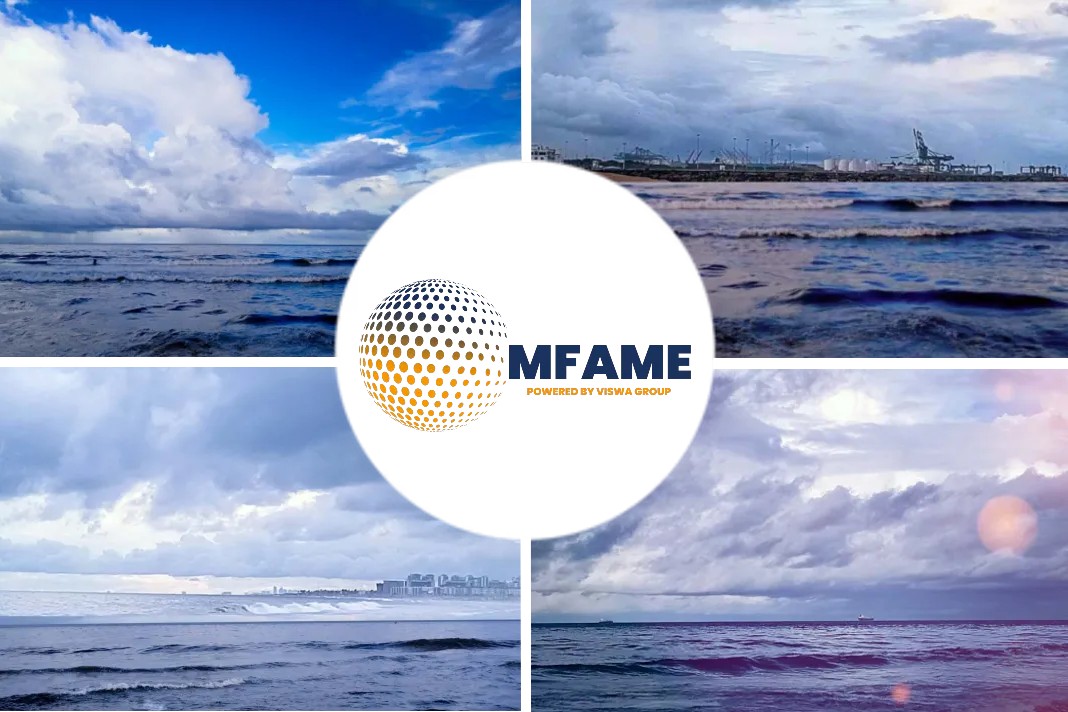A desktop trial in Just-In-Time ship operations has yielded positive results, showing emissions can be cut considerably, says an article published in the Maritime Executive.
Ships Idling Outside Ports in Danger?
“Just-In-Time” (JIT) operations have the potential to cut the time ships spend idling outside ports and help reduce harmful emissions as well as save on fuel costs. This can be achieved by communicating in advance the relevant information to the ship about the requested time of arrival – allowing the ship to adjust to optimum speed.
How was the desktop exercise done?
The trial was conducted by members of the IMO-led Global Industry Alliance to Support Low Carbon Shipping (GIA) at the Port of Rotterdam on July 10. Representatives from the Port of Rotterdam, Maersk, MSC, IMO and Inchcape Shipping participated.
During the desktop exercise, a 247 nautical mile voyage between Bremerhaven and Rotterdam was simulated a couple of times.
1.First Business Scenario
In the first business as usual scenario, the ship receives an update on when it is requested to arrive at the pilot boarding place at the first Calling In Point (when the ship is in VHF radio range, around 30 nautical miles from port).
The time that the ship is requested to arrive at the pilot boarding place is dependent on a number of variables, including the availability of the terminal as well as pilots and tugs.
But the information is often only sent when the ship is already relatively close to port.
2.Second Business Scenario
In the second Just-In-Time scenario, the ship receives several updates much sooner in the voyage on when to arrive at the pilot boarding place. The ship can then adjust speed to its optimum speed.
Comparing the two scenarios, 23 percent less fuel was consumed in the Just-In-Time scenario – a significant reduction in fuel and therefore emissions.
More Validation for Real Time Trial
Technical adviser Astrid Dispert said, “More validation is needed and ultimately a real-time Just-in-Time trial – which is what we are working towards. But the desktop exercise showed the potential and the clear benefit that early communication between ships, port authorities and terminals can bring as it allows speed optimization during the voyage.”
How fruitful was this exercise?
Data from this exercise will be fed into a Just-In-Time guide being prepared by the GIA. The GIA has a number of on-going projects, including the upcoming release of the first of three Energy Efficient Ship Operation e-learning courses which will be made available free of charge. Work is progressing on the second course, which will provide guidance on how seafarers working in engine and deck departments can contribute to reducing fuel consumption.
The GIA is an innovative public-private partnership initiative of the IMO, under the framework of the GEF-UNDP-IMO Global Maritime Energy Efficiency Partnerships (GloMEEP) Project that aims to bring together maritime industry leaders to support an energy efficient and low carbon maritime transport system.
Did you subscribe to our daily newsletter?
It’s Free! Click here to Subscribe!
Source: Maritime Executive


















